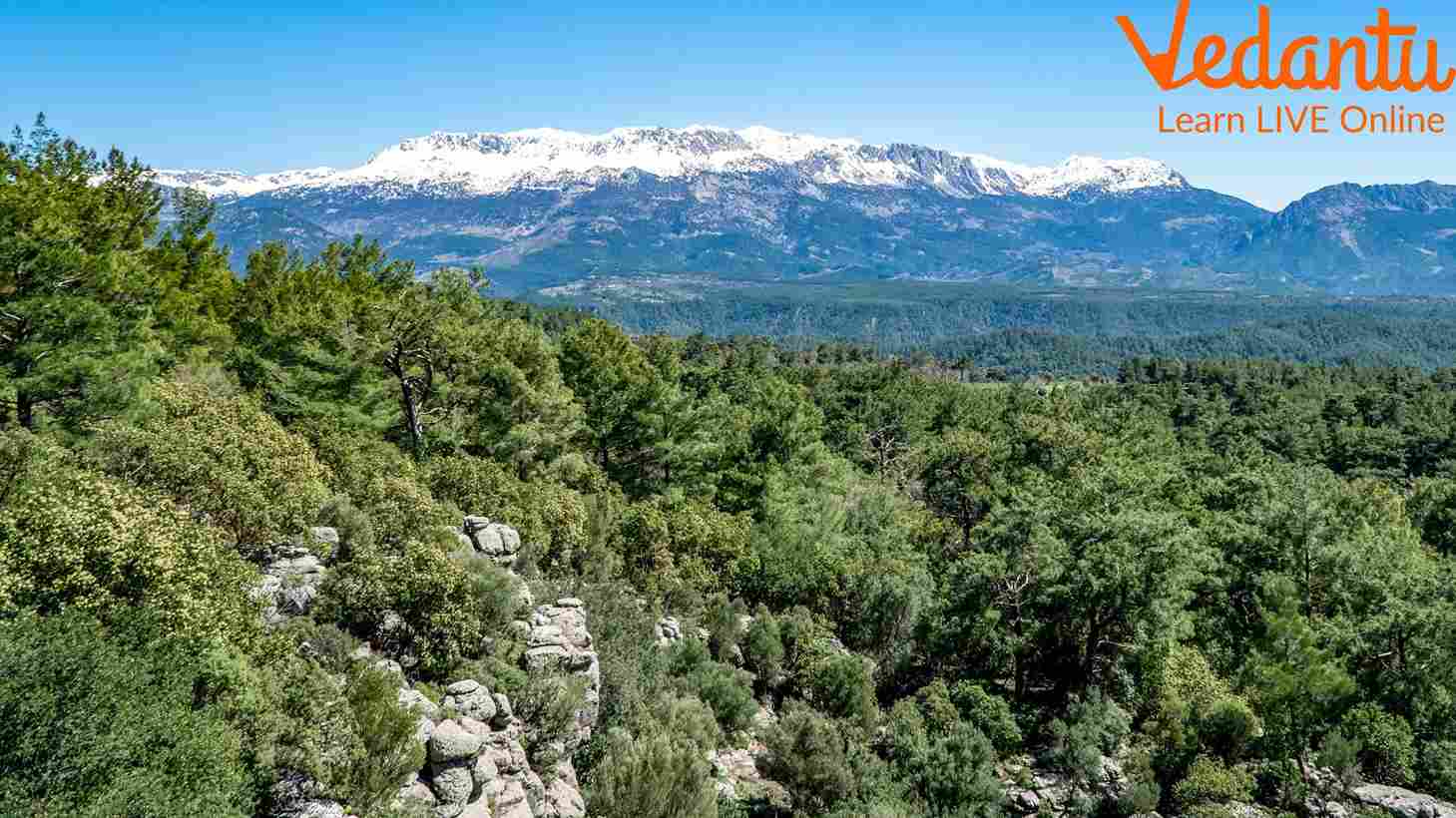Types and Formation of Mountains You Should Know
The highest landform on our planet is a mountain. It has a huge peak and touches the sky and may or may not have ice caps. The Himalayas are the mightiest of all mountains in the world. Have you ever wondered how these mountains form? What kinds of mountains are there? In fact, why are there mountains? All these questions can be answered using geological explanations.
The formation of mountains is a process that continues for millions of years. It takes so much time to form a mountain range. They originate in particular places and scientists have the perfect explanation for them. To understand, let's learn what a mountain is first.
What are Mountains?
Mountains have always been the challenge we humans wanted to overcome. They stand like an impenetrable wall with an indomitable spirit. What are they actually? How did so much earth and rock accumulate to form a mountain? Well, that is not the actual story. You will be surprised to know the oldest mountain is the Barberton Greenstone Belt. Its age is 3.6 billion years. In this aspect, the age of the Himalayas is 40-50 million years.
So, what are they? A mountain is a landform with a large natural elevation standing on the earth’s surface that rises abruptly to a considerable height. As per modern geologists, a huge landform can only classify as a mountain if its height is over 1000 feet or 300 metres.

Taurus Mountain Ranges
Types of Mountains
Here is the list of different types according to the origin of the mountains.
1. Volcanic mountains
Due to the movement in tectonic plates, fissures and faults in the earth’s crust cause lava to erupt. On constant eruption, lava is deposited near the crater forming slopes. Eventually, these slopes become steeper forming volcanic mountains. This is how volcanic mountains are formed. There are different types of volcanoes considering their formations and slopes such as shield volcanoes and composite volcanoes. Example: Mauna Loa, Hawaii.
2. Fold mountains
This type of mountain forms due to the movement and collision of tectonic plates on the earth’s crust. Due to the collision of the plates, the land in between them is compressed and tends to fold. These folds eventually attain a huge height and form the fold mountains. The Himalayas are the perfect example of such mountains. It formed due to the collision of the Asian tectonic plate and the Indo-Australian plate.
3. Block Mountains
A fault block in the land rises above sea level due to excess pressure from the surrounding lands. When it rises to form higher blocks, it is called horsts. When the fault subsides to form troughs, it is called grabens. The best example is Sierra Nevada in the USA.
4. Residual Mountains
The residual mountains, as the name suggests, are the result of billions of years of erosion. These mountains used to be bigger in size but got reduced due to erosion. They are also called denuded mountains. The best examples are the Scandinavian Mountains, Balkan Peninsula, and the Scottish Highlands.
5. Dome Mountains
A large dome of very hard rocks forms when magma globs float and reach the earth’s crust and push the surface underneath. This phenomenon causes a swelling in the earth's crust. When this swelling cools down, it forms a dome mountain. The Black Hills in South Dakota, the USA, is a perfect example.
How are Mountains Formed?
It is a long story but quite fascinating to learn. According to the information of mountains gathered by geologists, the formation of mountains depends on their types. As we have learned the different types of mountains, we can easily understand how they form.
In most cases, the movement in the tectonic plates causes the formation of mountains. You will be surprised to know that the fold mountains are still growing and are the youngest in this classification. In this aspect, the Himalayas are the youngest and are aged 40-50 million years.
Eroded mountains, on the other hand, can be the oldest among all. The Aravalli Range is the oldest eroded mountain in India. Its age is 350 million years. Following the same method of formation of mountains, the Barberton Greenstone Belt in South Africa is the oldest.
How are Mountains Useful to Us?
Mountains are considered to be one of the most important landforms for us. They are the storehouse of water. It means that all the snow-fed rivers originate from mountains across the world. Rain-fed rivers often dry up due to lack of water but snow-fed rivers have always been the source of water to establish a civilization.
Mountains act as effective barriers to cold and hot winds. For instance, the Himalayas protect us from the sub-zero Siberian winds and maintain the temperature to a sustainable level.
Mountains also push the winds carrying moisture to rise and condense. This process is required for the formation of clouds and rain.
Mountains are also the foundation for a diverse range of forests and grasslands. It is the reason behind the formation of different types of plants at different levels. Hence, mountains are also the habitat of a large variety of animals. They serve as the natural home for different ecosystems.
Mountains are also great tourist destinations and deliver excellent earning potential to many economies.
Mountains are also considered the source of minerals.
Rocks from mountains are used for the construction of houses.
Conclusion
We have learned why the mountains are there and how they have formed. The formation of such landforms is remarkable and takes millions of years. Mountains are indeed an amazing development on the landmass of the earth. You will be surprised to know that seamounts are mountains forming under the sea due to volcanic eruptions. Intriguing isn’t it?







